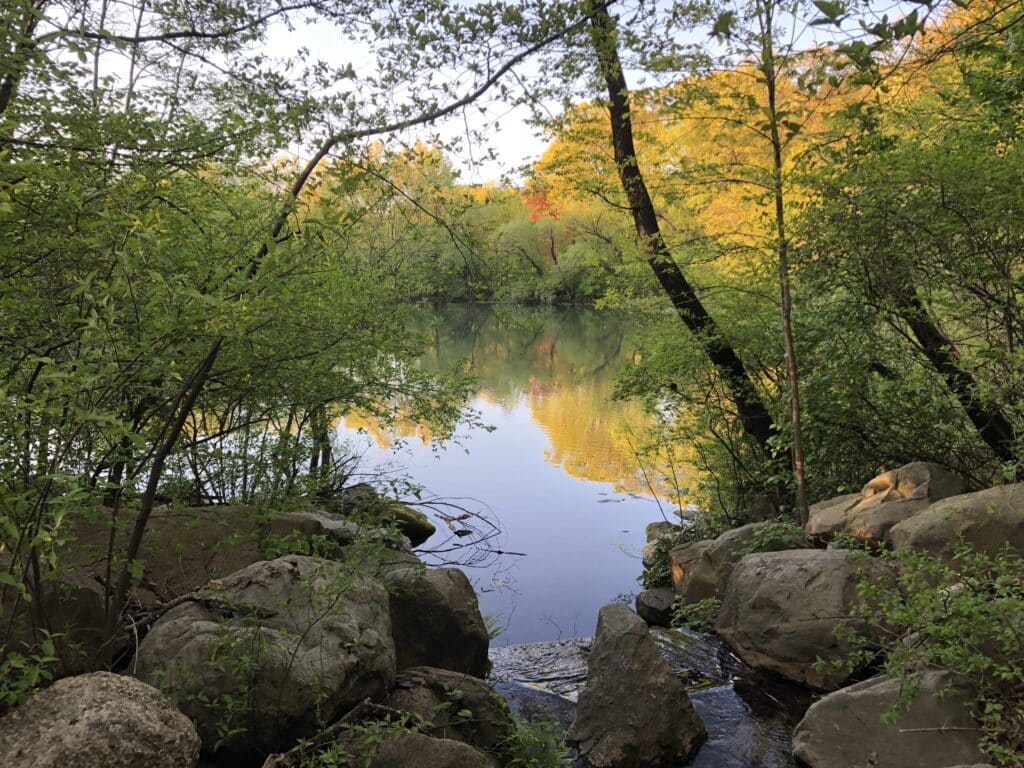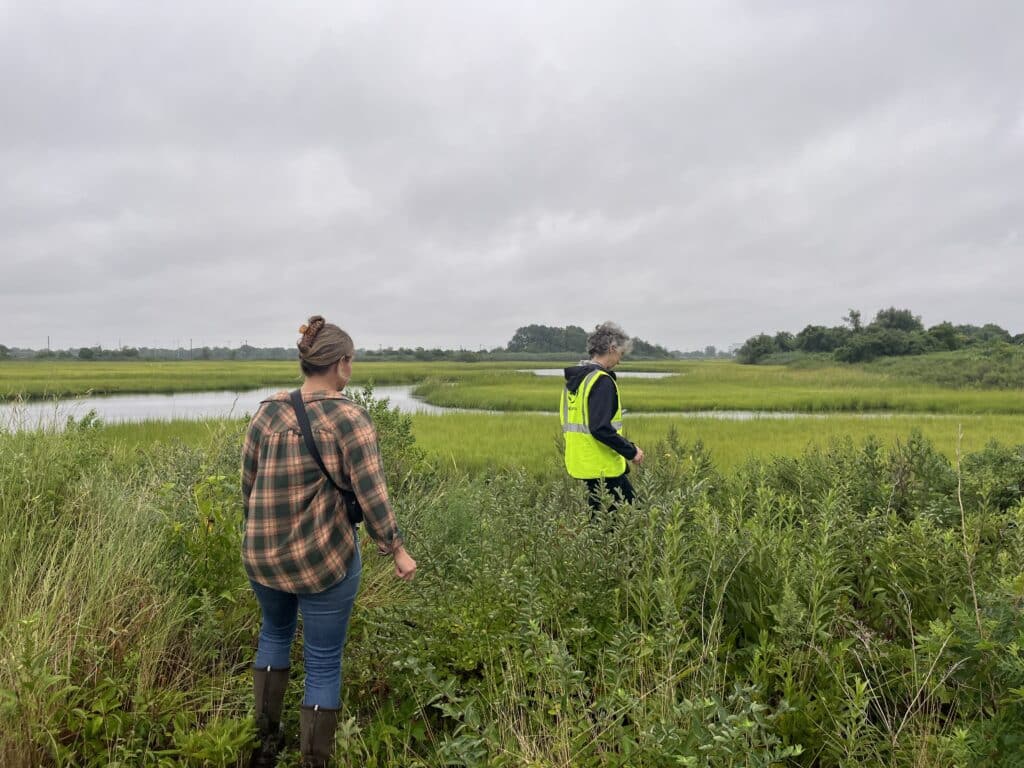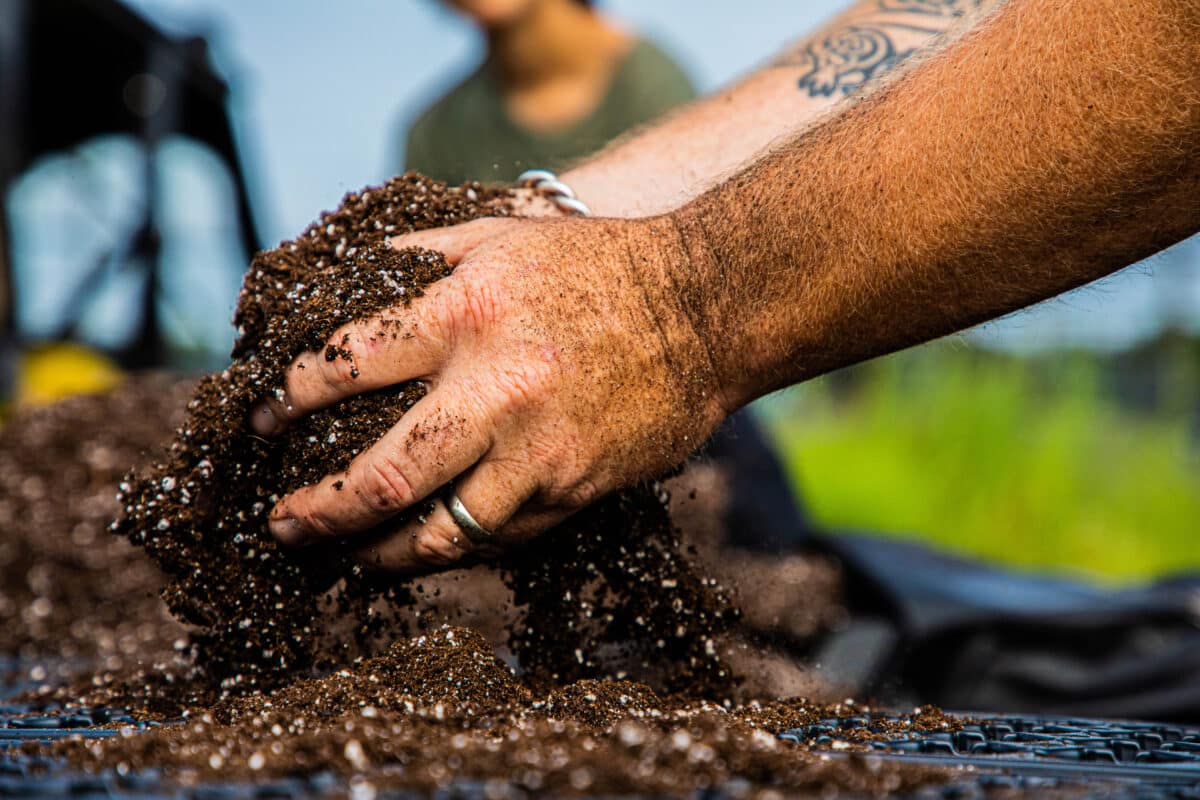Funding the Care of Urban Forested Natural Areas
By Sophie Plitt, Brittany Wienke, Clara C. Pregitzer, Sarah Charlop-Powers
By Sophie Plitt, Brittany Wienke, Clara C. Pregitzer, Sarah Charlop-Powers
This report presents a comprehensive overview of the challenges, benefits, and potential funding sources for urban forested natural areas in the United States. It emphasizes the critical need to diversify funding sources for these underfunded areas, which are distinct from other urban green spaces due to their size, biodiversity, and species composition.
The report stresses the significant benefits provided by forested natural areas, including their cooling effect on the surrounding landscape, critical habitat for native plants and animals, and their role in mitigating the impacts of climate change by absorbing carbon dioxide and stormwater. Additionally, these areas offer access to urban nature, contributing to public health and social infrastructure. However, urban forested natural areas face numerous challenges, such as limited legal protection, ecological degradation, and lack of management, leading to a decline in their health and accessibility.
The report gives an overview of current and potential funding sources, including municipal funding, state and federal funding, private funding, and innovative funding sources. Each chapter highlights some of the current streams of funding available in each of these categories and explores some of the challenges that exist for each as well as opportunities. Each chapter presents several case studies to provide examples of successful funding initiatives that can be used as inspiration for cities looking to expand the resources available for forested natural areas.
In conclusion, the report underscores the urgent need to secure funding for urban forested natural areas, calling for a paradigm shift in recognizing the value of these spaces and advocating for increased financial support from untapped sources. It also emphasizes the importance of fostering partnerships, amplifying community voices, and advocating for sustainable policies to ensure the preservation and accessibility of natural areas for generations to come. The report’s analysis and recommendations shed light on the critical importance of securing funding to safeguard the health and resilience of urban forested natural areas for the well-being of communities and vitality of our cities.
Read Report(this link opens in new window)
Urban stormwater management is a growing challenge in the face of climate change, especially in cities like New York with aging gray infrastructure and increasing impervious surfaces. This report, “Reducing Runoff: The Role of Urban Natural Areas in Stormwater Management,” presents a comprehensive analysis of how urban natural areas, including ...

Urban natural areas are crucial for enhancing city livability and environmental health but are often overlooked, underfunded, and missing formal protection, which leads to loss of ecological benefits, missed opportunities for community engagement and nature access, and overall loss of natural areas. Governance structures for urban forested natur...

In New York City, tidal wetlands are a critical part of coastal resiliency and provide numerous ecological and social benefits. State and federal wetlands mitigation regulations require that development resulting in wetland impacts offset those losses through wetland creation, restoration, and enhancement – with a ...
